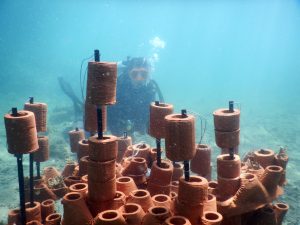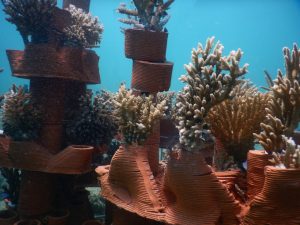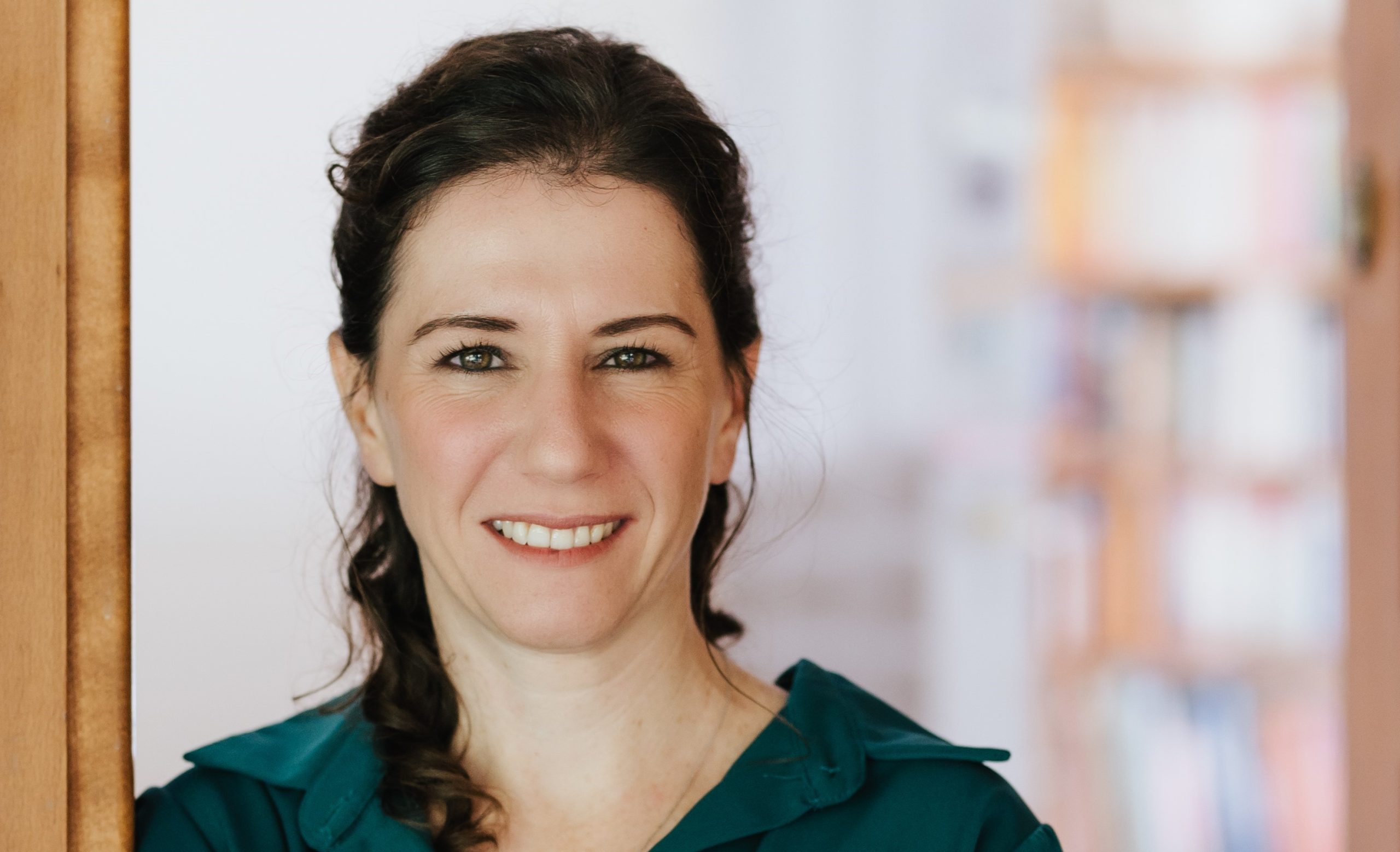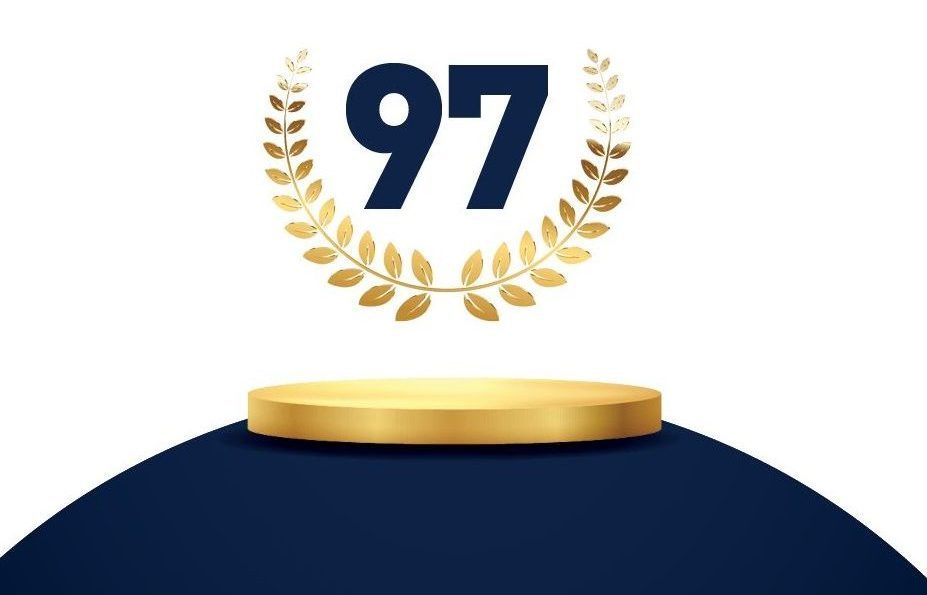Coral Reef Restoration Using 3D-Printed Clay and Participatory Design
A Technion researcher and his students have successfully implemented an innovative coral reef restoration on the islands of Fiji, using 3D-printed ceramic components
A research team by Prof. Ezri Tarazi as part of the Design-Tech Lab at the Technion-Israel Institute of Technology recently conducted a field project on Beqa Island, Fiji, aimed at restoring coral reefs damaged by climate change. The initiative was carried out in collaboration with marine biologists from Bar-Ilan University, led by Prof. Oren Levy, and Blue Ocean, an American NGO operating in Fiji on sustainability and social impact projects.
This innovative project demonstrates how technology, design, and local knowledge can be combined to create effective, sustainable coral reef restoration solutions.

The Urgency of Coral Reef Restoration
Ocean warming, human activities, and other environmental stressors have led to global coral reef decline. According to the International Union for Conservation of Nature (IUCN), approximately 44% of reef-building corals are at risk of extinction. Beyond their ecological significance, coral reefs provide food sources, coastal protection, and carbon absorption. The economic activities related to them –
including tourism and fishing – are estimated to generate tens of billions of dollars annually.
3D-Printed Clay as a Solution
One innovative approach to reef restoration has been developed and implemented at the Design-Tech Lab at the Technion. The team there has designed a new 3D-printing technology using natural clay to create structures that support coral growth and reef regeneration. The use of 3D-printed ceramic components allows for the creation of complex, biologically tailored structures that enhance reef restoration efforts.
This groundbreaking approach has already been tested in the field in various locations around the globe. Recently, the lab 3D-printed reef-mimicking elements that replicated the complex topography of a specific reef in Eilat. These structures were initially placed next to a healthy coral reef, where they successfully attracted a diverse marine community. After colonization by marine life, the artificial structures were then relocated to a damaged reef to aid in its recovery.

As part of their visit to Fiji, the group carried out two projects: installing an artificial reef 3D-printed at the Technion from ceramic clay and installing another artificial reef co-designed with a local community living near the coral reef. The project was led by doctoral student Oren Arbel, a ceramic designer researching participatory design. Over the course of a week, dozens of reef units were produced with the help of the local community using clay extrusion techniques and locally available firing methods.



